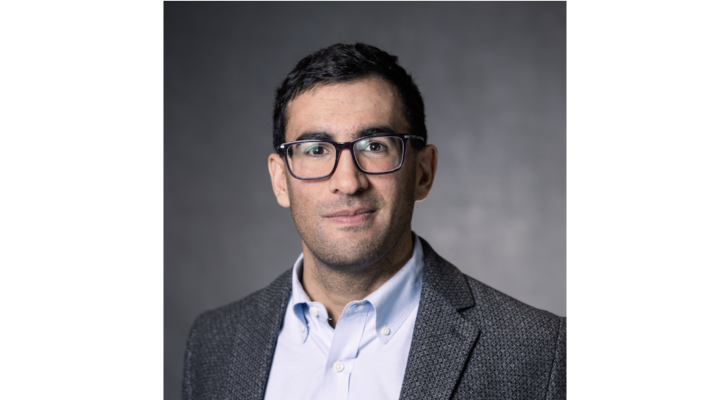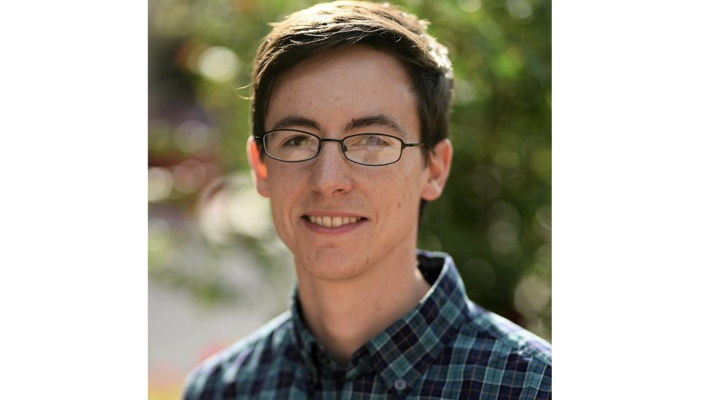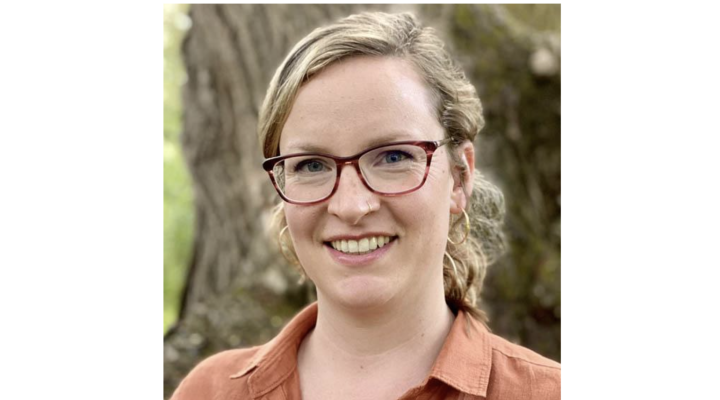Professor Sara C. Pryor is an atmospheric scientist who studies the complexities of our climate system and seeks to improve our ability to predict possible future climate conditions. Her research excellence led to her appointment to the National Climate Assessment Development Advisory Committee convened by the U.S. Department of Commerce's National Oceanic and Atmospheric Administration for which she received a letter personally signed by President Obama. “It was an honor to serve both his administration and the country in that capacity,” says Pryor, a new professor in the Earth and Atmospheric Sciences Department.
Before joining Cornell, Pryor was Provost’s Professor and Associate Vice Provost for Faculty and Academic Affairs at Indiana University. Her academic journey began across the Atlantic Ocean--as an undergrad and graduate student at University of East Anglia in the UK. However she spent much of her time during her PhD in the US at the Scripps Institute of Technology in San Diego and the Desert Research Institute in Reno, Nevada. She then took a position as a Post Doctoral Fellow at the University of British Columbia in Vancouver, Canada.
“It was a big decision for me to move to North America”, said Pryor, “but at that time atmospheric research in the US was far advanced from the UK, and moving to a country in which I knew no-one taught me a lot about self-reliance and allowed me to grow and mature personally and intellectually.” She continues; “I still maintain close ties to colleagues at the other institutions at which I have been employed and also have a courtesy appointment in Denmark that allows me to continue to spend time each summer in Europe. These Trans-Atlantic research collaborations are absolutely critical to advancing science.”
Pryor’s climate system research has two primary themes: “The first is focusing on how changing atmospheric composition is influencing the climate system,” says Pryor. “Specifically, I look at the reciprocal flux of mass and heat between the surface and the atmosphere. Just as a changing atmospheric conditions change ecosystems, human and natural ecosystems also act to change the atmosphere.” Pryor and her team use remote sensing, numerical modeling and experimental techniques to conduct this work. She is convinced that this multifaceted research approach provides the most stimulating intellectual environment and also yields the greatest scientific advances.
One current project under this category involves examining how forested ecosystems remove aerosol particles from the air, and equally how emissions from forests increases the concentrations of atmospheric aerosol particles. “Atmospheric aerosol particle concentrations represent one of the largest uncertainties in understanding both historical and possible future climate change,” says Pryor, “this is in part because of the complexities of processes that determine particle composition, size and concentration.”
As just one example of this research – during the drought of 2012 the forest around the AmeriFlux carbon flux site she helped to establish in southern Indiana, experienced water-stress and thus the amount of carbon taken up by the forest decreased, and aerosol particle concentrations above the forest decreased, leading to a regional positive feedback – with even warmer, drier conditions. “So the forest responded to the higher temperatures and lower rainfall in a way that actually enhanced both the temperature and the rainfall deficit.” Professor Pryor’s research into atmospheric aerosol particles is also motivated by our knowledge that they are responsible for over 800,000 premature human deaths per year. In a recent study she and two students quantified human exposure to very high concentrations across the city of Indianapolis and found that although there is a high regional background concentration, it was enhanced in certain locations by emissions from motor vehicles. “Indiana does not conduct motor vehicle emission testing. Our results suggest – if they did, those measures could greatly reduce the human health toll from motor-vehicle related air pollution.”
The other area of Pryor’s research focuses on understanding the dynamics of the climate system and what causes long-term variability and change, “and how can we use that knowledge to make better projections of future climate states,” she says. Using both numerical models and statistical tools, Pryor’s team aims to predict regional climate change--so what one town can expect to experience as global warming takes hold and alters the atmospheric system as a whole. “Taking large-scale projections of the global climate and making more local-scale predictions of what that means for a given location or region is called downscaling in atmospheric science,” says Pryor “but in many ways we can think of it as ‘right-scaling’ – after all what matters to most people is what will happen in their vicinity rather than what the global mean temperature might be.” She continues; “Human activities have changed and are changing our climate – while we can still decide how much climate forcing we will apply by–for example, emitting heat-trapping gases, we must accept that some climate change has occurred and more is now inevitable. We must adapt to build resilience to that change.”
Understanding what types of extreme events a region might experience is critical to making cost-effective adaptation decisions and choices. Pryor’s work in this arena has focused on extreme winds and precipitation and particularly on impacts to major infrastructure and other high-value assets. “Our work – for the International Atomic Energy Authority, European Union and US federal agencies suggest extreme wind and precipitation events over much of North America and Europe will intensify in the coming decades, but also that the wind energy resource can and will continue to provide a cost-effective and carbon-free electricity source for the foreseeable future.”
Pryor was also convening lead author for the Midwest region chapter of the National Climate Assessment released in 2014, and was recently appointed the North American regional representative for CORDEX-Empirical-Statistical Downscaling. CORDEX – the Coordinated Regional Downscaling Experiment is an international project, founded by the World Climate Research Programme, which aims to coordinate international efforts in regional climate downscaling.
Pryor decided to come to Cornell “because there are really exciting opportunities for both transformational and trans-disciplinary research,” she says. “I am already working with colleagues from EAS and at Scripps to determine innovative ways to use seismic arrays for detecting and quantifying extreme wind events. If we are successful we may transform the way we detect and measure damaging winds, yield new physical insights into the causes of extreme wind gusts, and ultimately decrease the risk posed by extreme winds.”




